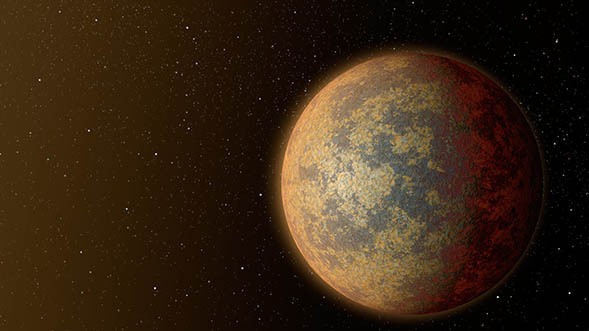A team of researchers has discovered a strange exoplanet nearly 320 light years away from Earth. This exoplanet, dubbed HD 131399 Ab, exists in a triple star system.
The new exoplanet might sound like a fictional world from the "Star Wars" series. However, the study published in the journal Science explains that such a planet with three stars in its system actually exists in the Milky Way galaxy. In fact, co-existence of three stars is not the only weird thing about the planet.
According to the astronomers who used direct imaging to identify the three stars, HD 131399Ab should not actually be at the place where it is located now. In fact, it may be sitting at the edge of the galaxy, waiting for it to be ejected from the entire system.
Kevin Wagner of the University of Arizona explained to Christian Science Monitor that a majority of planets with multiple star system that the researchers are aware of till date orbit much closer to one of the stars. The other stars are located at a distance and does not have a significant impact on the planet. However, the newly discovered exoplanet is "about a third of the way in between the stars."
Exoplanet HD 131399 Ab orbits the first star. However, it brings it a third way to the other two stars, which are located close together. When the planet is at a third way to the other two stars, it starts to feel the gravitational force exerted by them.
This is the exact location that the researchers believe would make the exoplanet highly unstable an position it at an increased risk of being ejected from the galaxy and become a free-floating celestial object. However, this is not true in reality and the exoplanet remains stable.
Wagner explains that the exoplanet would already have been ejected by now if it was unstable to any extent. The system is already 16 million years old and it would have taken just a few centuries worth of gravitational pull to eject the exoplanet out of the system entirely.
The research team believes that studying such exoplanets can enhance their understanding of how planets form and migrate within the system. The discovery reminds researchers of the fact that the world can be really strange and there a a lot of things that can exist in different configurations.
The following video talks about five amazing exoplanets:



























